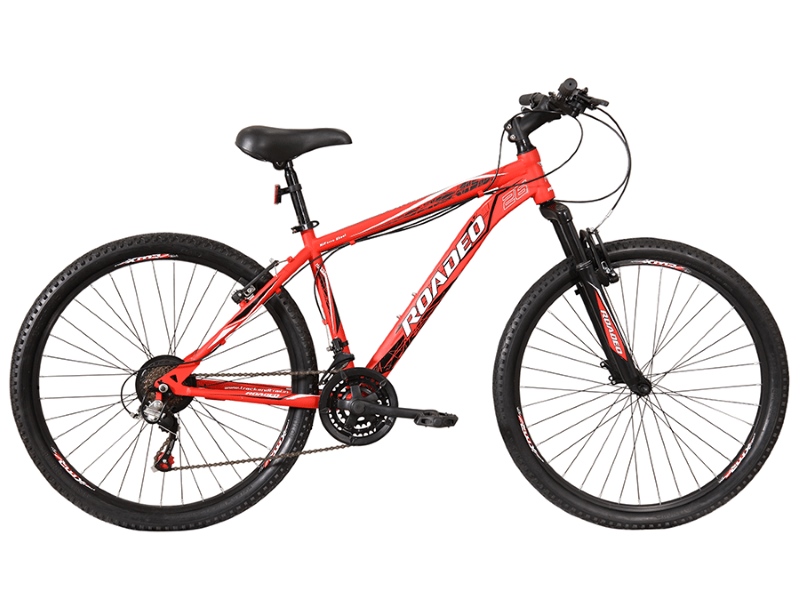Bicycles have come a long way since their invention in the 19th century. Over the years, technology has advanced significantly, leading to the development of bikes that are more efficient, comfortable, and safer. In this article, we will explore some of the latest advancements in bicycle technology and design.

Lightweight Frames
One of the most notable advancements in bicycle technology is the development of lightweight frames. Today, manufacturers are using advanced materials such as carbon fiber, titanium, and aluminum to make frames that are strong and lightweight. This makes bicycles easier to handle, faster and more efficient, and more comfortable to ride for longer distances.
Electronic Shifting Systems
Another significant advancement in bicycle technology is the development of electronic shifting systems. These systems use small motors to shift gears, resulting in smoother and more precise shifting. Electronic shifting also makes it easier to shift gears while riding, as the rider only needs to press a button instead of physically moving the gears with the hand. This technology has been widely adopted in the professional cycling world and is becoming increasingly popular among recreational riders.
Improved Suspension Systems
Suspension systems have also seen significant advancements in recent years. Modern suspension systems are designed to provide better shock absorption, making it easier to ride over rough terrain. This technology is particularly useful for mountain bikes, which are designed to handle challenging off-road terrain.
Integrated Accessories
Bicycle design has also seen significant advancements, with manufacturers incorporating accessories such as lights, locks, and racks into the frame of the bike. This integration not only makes the bike more convenient to ride, but it also makes it more difficult for thieves to steal parts of the bike.
Improved Safety Features
Safety features have also been a major focus of bicycle technology advancements. For example, many modern bikes come equipped with disc brakes, which provide better stopping power than traditional rim brakes. Some bikes also come equipped with built-in airbags, which deploy in the event of a crash to help protect the rider from injury.
The advancements in bicycle technology and design have greatly improved the riding experience for cyclists. With the development of lightweight frames, electronic shifting systems, improved suspension, integrated accessories, and improved safety features, bicycles are becoming more efficient, comfortable, and safer than ever before. As technology continues to advance, we can expect even more exciting advancements in the world of cycling.







